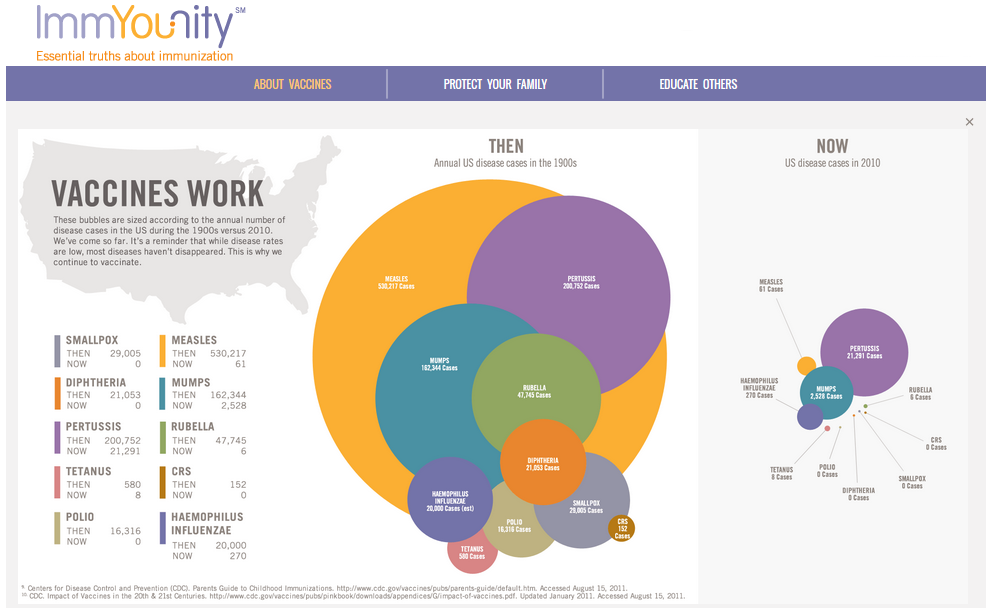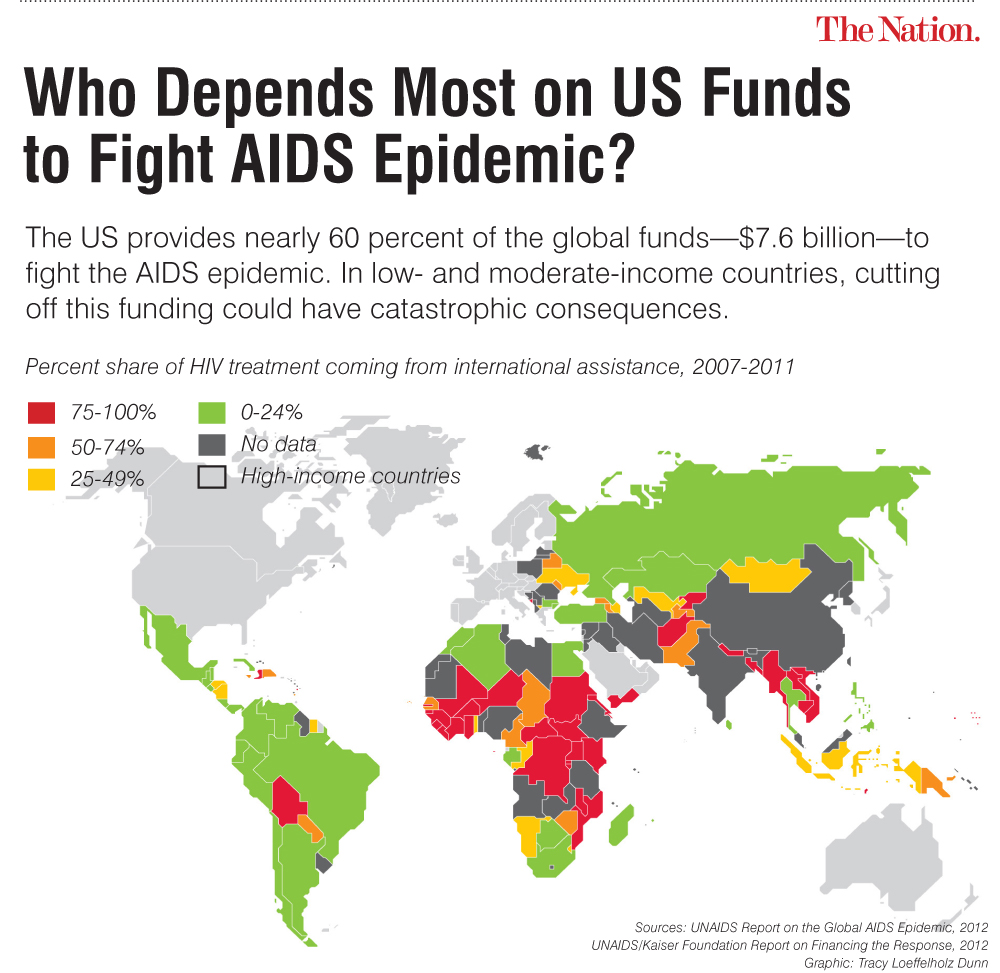 Most states (in orange) ban abortions during the last trimester of pregnancy when the fetus is already viable outside the womb.
Most states (in orange) ban abortions during the last trimester of pregnancy when the fetus is already viable outside the womb.
However, since the state of Nebraska passed the most restrictive abortion law in a decade back in 2010 banning abortions after 20 weeks, 12 other states have passed similar laws as of March 2013. States that have passed even more restrictive abortion laws include North Dakota, that bans abortions afters 6 weeks of pregnancy, and Arkansas that bans abortions after 12 weeks.
For the interactive map, please visit: The Washington Post: The landscape of abortion bans, in one must-see map








